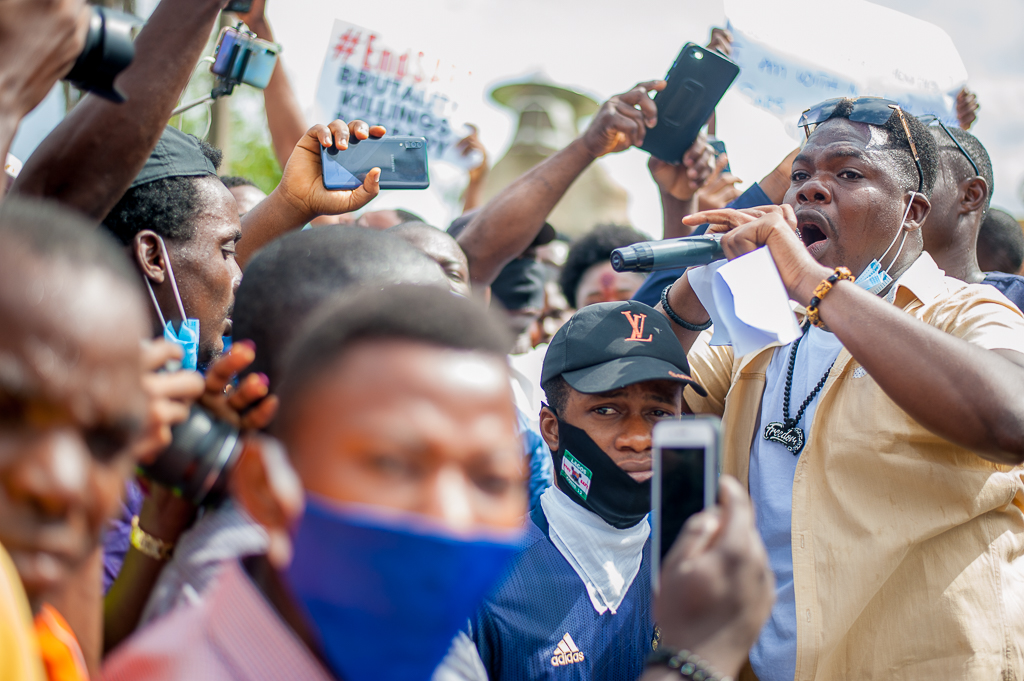In an article as part of a special series for International Women’s Day 2023, Freya Thompson looks at how digital services are being used in countries such as Venezuela and Nicaragua to circumvent their national abortion bans, and the problems that come with relying on the digital world to provide sexual and reproductive healthcare.
About 3.7 million unsafe abortions take place in Latin America and the Caribbean every year. In several Latin American countries, including Venezuela and Nicaragua, the law restricts the provision of safe abortion services. Meanwhile, accessing healthcare through the internet is on the rise, and as a result women are turning to digital services to receive treatment. But is this a sustainable strategy, and who is it excluding?
How does telemedicine abortion operate worldwide?
Self-sourced medical abortion is provided by online services such as Women on Web, an online abortion service that has provided safe abortion pills to almost 100,000 people since 2005. Patients are provided with two pills after completing an online consultation, and the procedure is 98% effective during the first trimester.
Why do Venezuela and Nicaragua need self-managed abortion medication?
In Venezuela, abortion is criminalised in all cases except to save the life of the woman. Particularly concerning is that 13% of all maternal deaths in Venezuela are due to unsafe abortion, and this figure increases to 60% in rural and indigenous communities where women are less likely to have internet access.
In Nicaragua, the situation is similarly dire. Abortion is banned in all cases, including when the life of the woman is at risk. With very low provision of sexual and reproductive health (SRH) education and a very high adolescent pregnancy rate, this ban contributes to high numbers of abortion-related maternal deaths.
In both countries, only high-income women can access private-sector, clandestine abortions at a cost of $500 USD or travel to neighbouring countries for treatment.
The barriers to telemedicine
According to the International Telecommunication Union (ITU), 52% of the global female population do not use the internet. This lack of internet access is a huge barrier towards accessing SRH services online in countries where policies limit sexual education and criminalise abortion.
In Venezuela, about 70% of women own a mobile phone compared to 80% of men, demonstrating a slight gender gap. Although country-level data is sparse, we know that at least 72 million rural inhabitants in Latin America and the Caribbean do not have access to high-quality internet services. Utilisation of the internet for SRH services is highly popular with young people (51%) but this figure is likely lower for older generations. The internet is also highly regulated by the government.
However, an app has been developed to virtually accompany women through a safe medication abortion. Aya Contigo was created by women and grassroots organisations to help women to self-manage abortions. It navigates legal restrictions by ensuring anonymity and privacy through encryption, making it safe for both companions and users to navigate safe abortion services. It has so far assisted over 2,500 users in Venezuela.
In Nicaragua, the gender mobile ownership gap is less prevalent, but ownership and internet usage is very low. As a highly rural country, many people are vulnerable to extreme poverty and internet inaccessibility. Activists have similarly set up an app to provide SRH education and support, as sexual education is inadequate. Chava has since been expanded across Latin America to a seemingly positive market: 85% of girls surveyed want to use such apps to manage their sexual and reproductive health. Although not directly linked to providing abortion services, by educating women and girls on contraceptive choices and their reproductive system, unintended pregnancy rates and subsequent abortion rates should fall as a result, thus reducing the usage of unsafe abortion services.
The fact that apps like these exist demonstrate a major step towards women’s freedom of reproductive choice, but they may not reach some of the most vulnerable women. Women who don’t own mobile phones are more likely to experience emotional, physical and sexual violence, and women suffering from violence are less able to access abortion services due to a lack of financial independence. There are therefore several interlinking barriers at play that make the digital route a way out for some but not others. And in the current state of abortion restrictions, it is unlikely an alternative route can be made available to reach these women.
So, what can be done?
Although Women on Web operate worldwide, it isn’t clear whether they reach women in Nicaragua and Venezuela, and the pills still come at a cost. It’s likely that many will use social media platforms such as Facebook Marketplace, MercadoLibre, and Twitter to access such drugs, but these guarantee neither safety nor success.
It may be up to activists and digital experts in countries where abortion is legal to create apps similar to Aya Contigo that provide evidence-based information and ensure anonymity. But these apps won’t go far enough, as they cannot provide safe abortion services, only guide them. Activists focused on lobbying national governments to repeal their bans may not see success in the near future. If international family planning providers come together to either subsidise women’s travel to abortion-friendly countries or by sending them pills by post, more women can be supported.
However, this all requires women to be digitally literate to have the means to search for abortion support and provision, something that remains lower amongst rural, poorer women. The challenge remains to expand internet supply to the thousands of people who don’t currently have access, in order to curb existing inequalities. Only by developing better broadband infrastructure and providing affordable mobile phones on the market will the digital literacy rates of both Venezuela and Nicaragua increase This endeavour will require a joint effort between governments and corporations to invest in it to ultimately provide people with all the benefits internet access has to offer, including access to essential healthcare.
It seems unlikely that government-imposed abortion bans will change in either country, although the practice is now available on request in several Latin American countries including Argentina, Colombia and Uruguay, suggesting a degree of hope in the long-term future. Until then, there remains a serious medical risk of unregulated pills, threatening to cause incomplete abortions or even death.
The views expressed in this post are those of the author and in no way reflect those of the International Development LSE blog or the London School of Economics and Political Science.
Main image credit: www.hippopx.com.





